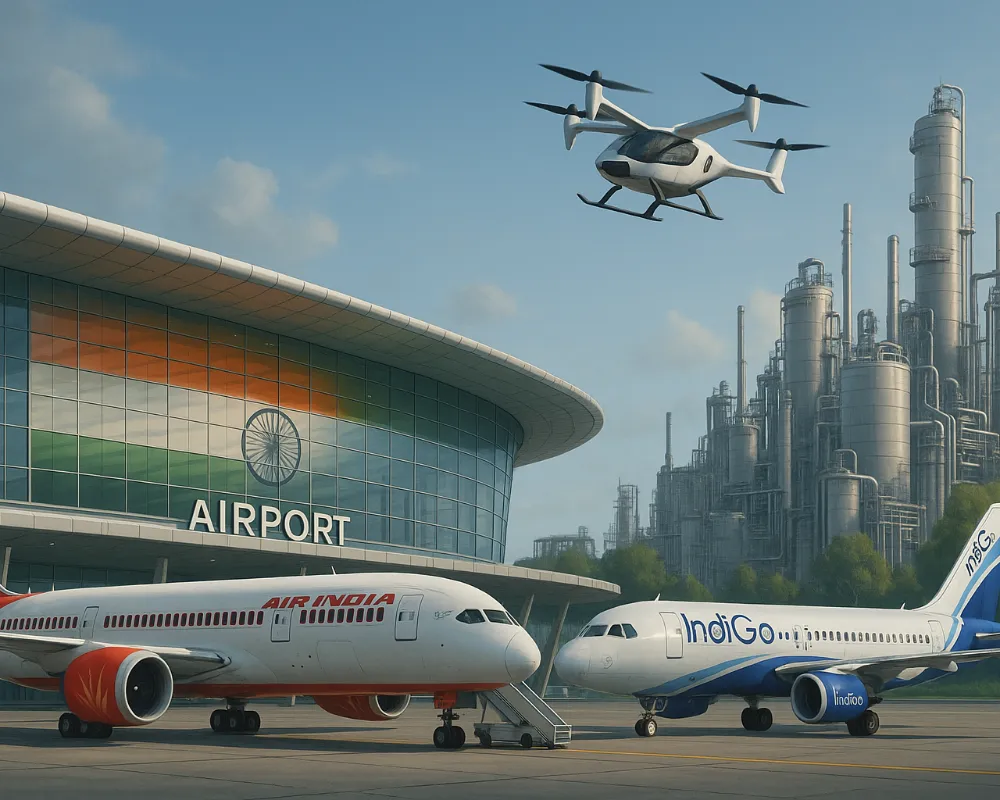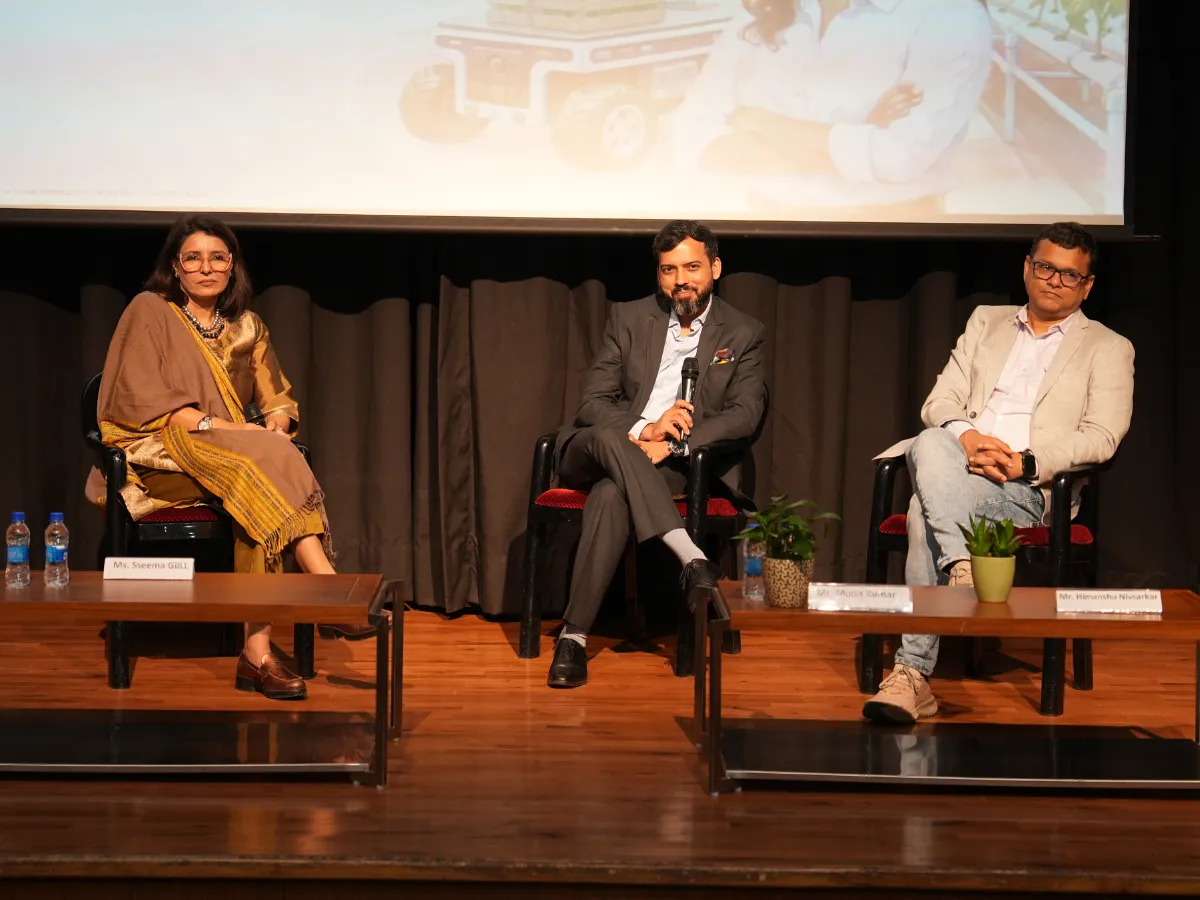India receives ICAO Council President Certificate at Montreal assembly, jumping from 102nd to 48th in global aviation safety rankings.
 Minaketan Mishra
Minaketan Mishra

On September 23, 2025, India's Directorate General of Civil Aviation (DGCA) received the prestigious ICAO Council President Certificate at the 42nd ICAO Assembly in Montreal, Canada, recognizing India’s remarkable progress in aviation safety oversight. DGCA Director General Faiz Ahmed Kidwai accepted the honor from ICAO Council President Salvatore Sciacchitano.
The recognition highlights India’s dramatic leap from 102nd rank in 2018 to 48th globally, with the country’s Effective Implementation (EI) score improving from 55.15% in 2017 to 85.65% in November 2022. This places India ahead of aviation markets like China (49th), Israel (50th), Turkey (54th), Denmark (55th), and Poland (60th).
ICAO’s citation read: “In recognition of your State's progress in establishing an effective safety oversight system and improving the implementation of ICAO Standards and Recommended Practices (SARPs), your State has been selected to receive an ICAO Council President Certificate.”
India’s aviation safety journey began after a 2017 ICAO audit exposed severe gaps with a low EI score of 55.15%, ranking India 102nd globally, behind Pakistan, Nepal, and Bangladesh. Weaknesses spanned legislation, organization, licensing, operations, airworthiness, accident investigation, air navigation services, and aerodromes.
In response, DGCA implemented sweeping reforms:
These reforms led to the 2022 ICAO audit score of 85.65%, marking one of the sharpest improvements in global aviation safety rankings.
The certificate falls under ICAO’s “No Country Left Behind” initiative, which rewards states achieving transparent, measurable progress through the Universal Safety Oversight Audit Programme (USOAP).
At the same assembly, India presented a paper on “Advanced Air Mobility (AAM) in India”, showcasing pioneering regulations (ADAC 01 and AEAC 01 of 2024) for vertiports and eVTOL-capable aircraft.
On September 2, 2025, India launched a SAF Feasibility Study with ICAO and the EU, setting ambitious blending targets:
Minister Ram Mohan Naidu highlighted SAF’s potential to cut emissions by up to 80%. With 750+ million tonnes of biomass, India is positioning itself as a global SAF hub.
Air India and Indian Oil have already signed an MoU for SAF supply, with IOCL Panipat Refinery becoming the first Indian facility with ISCC CORSIA certification.
This global recognition boosts confidence for Indian carriers like Air India and IndiGo, supporting international expansion.
As the world’s third-largest domestic aviation market and fastest-growing globally, India’s enhanced safety credentials will:
Ongoing plans include:
This aligns with Viksit Bharat @2047, where aviation is a key enabler of economic prosperity, national integration, and global connectivity.
It is an award given by the International Civil Aviation Organization (ICAO) to countries that make significant progress in aviation safety oversight, based on objective criteria from ICAO’s Universal Safety Oversight Audit Programme (USOAP).
India’s Directorate General of Civil Aviation (DGCA) dramatically improved its Effective Implementation (EI) score from 55.15% in 2017 to 85.65% in 2022, elevating India’s global safety ranking from 102nd to 48th place.
DGCA Director General Faiz Ahmed Kidwai received the award from ICAO Council President Salvatore Sciacchitano at the 42nd ICAO Assembly in Montreal, Canada.
India now ranks 48th globally, ahead of China (49th), Israel (50th), Turkey (54th), Denmark (55th), and Poland (60th) in aviation safety oversight.
Key DGCA reforms included:
India presented its progress in:
Aligned with Viksit Bharat @2047, India’s aviation goals include:






Sign up for the Daily newsletter to get your biggest stories, handpicked for you each day.
 Trending Now! in last 24hrs
Trending Now! in last 24hrs